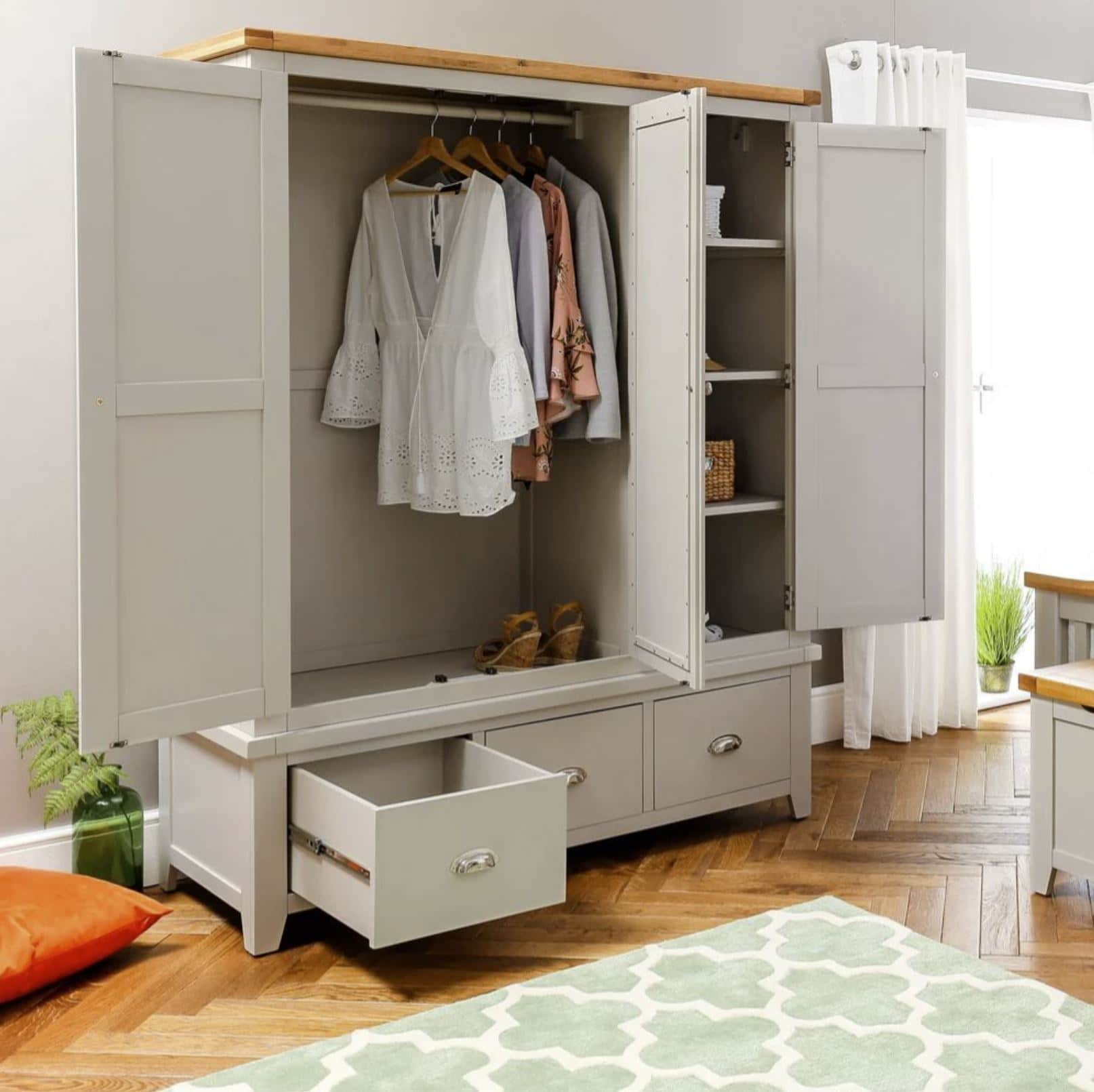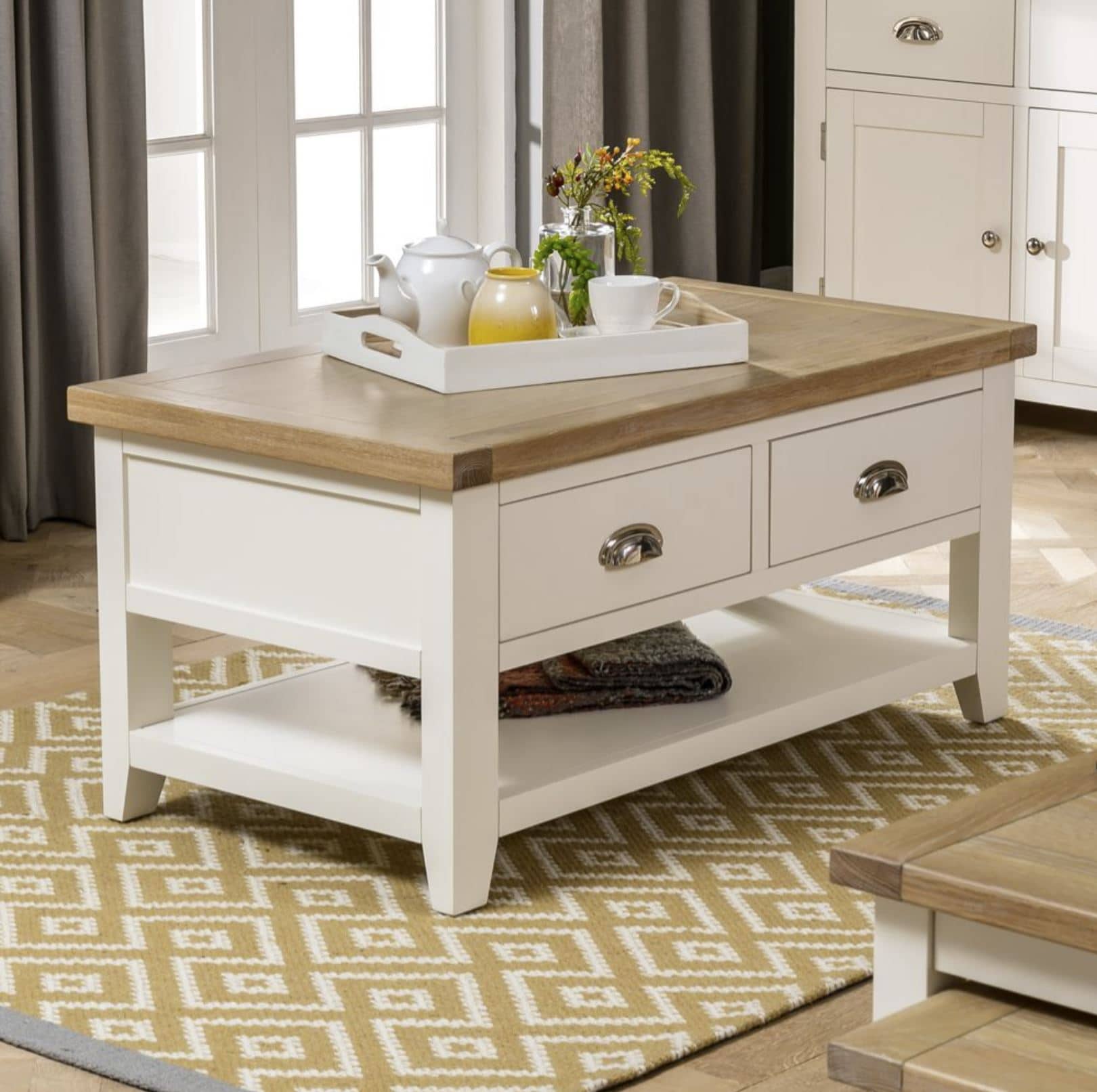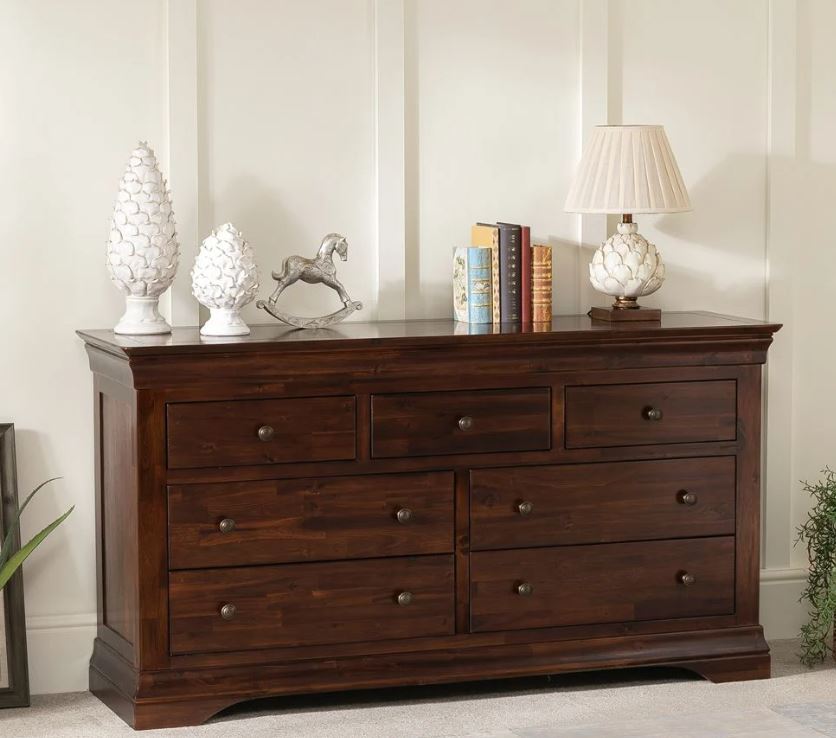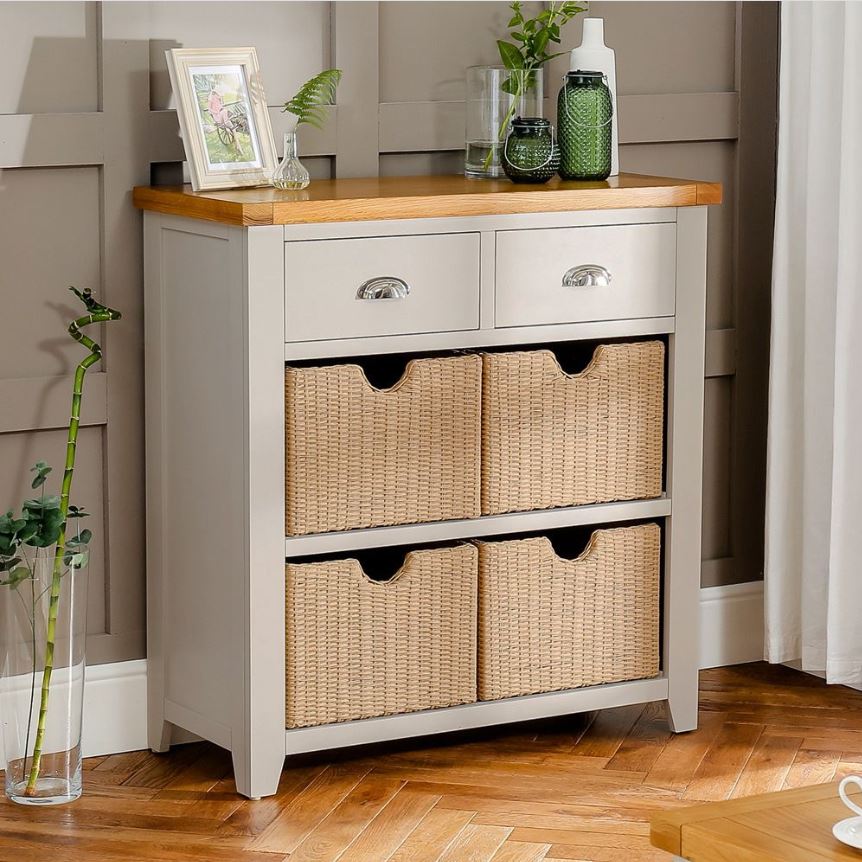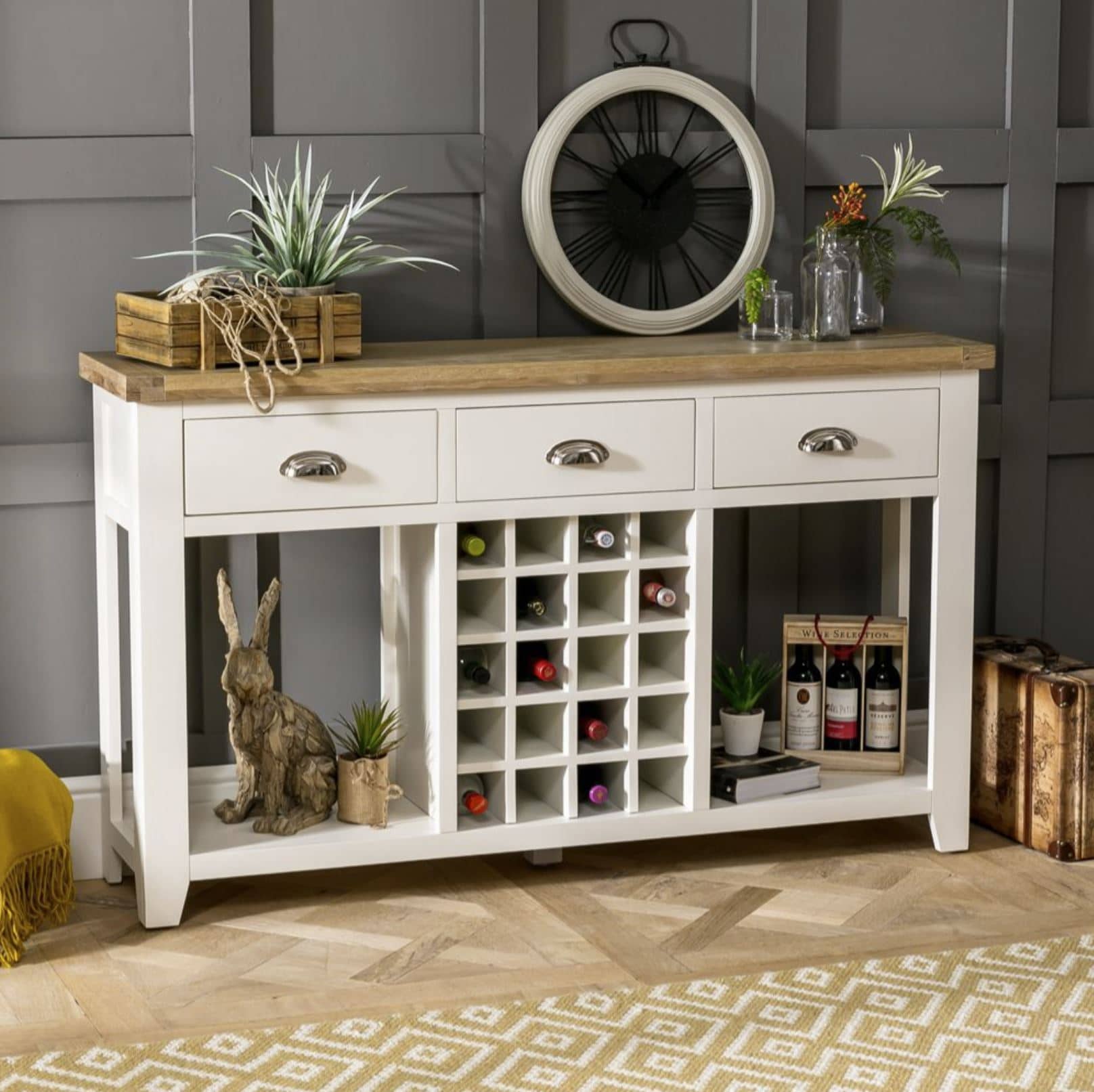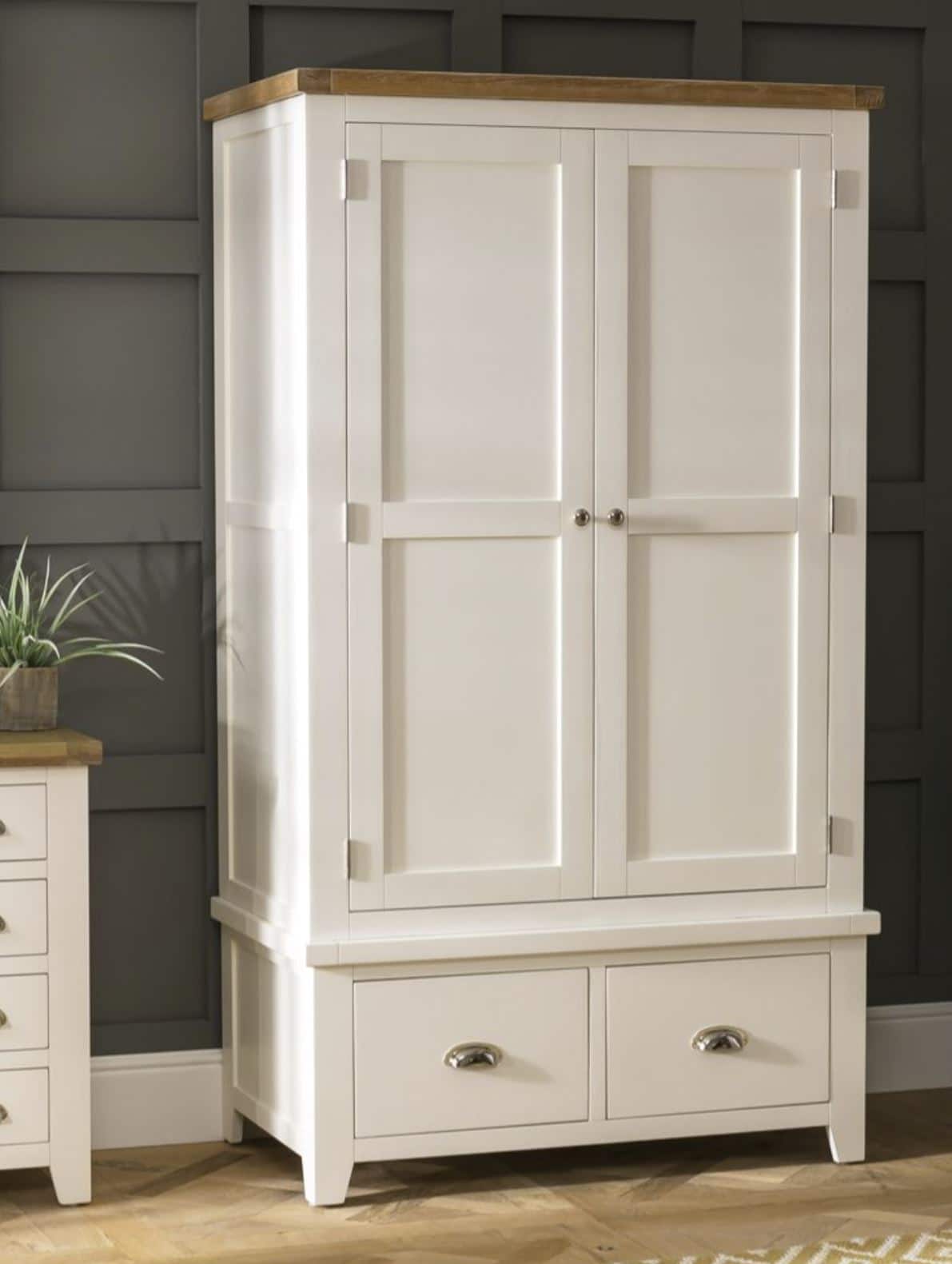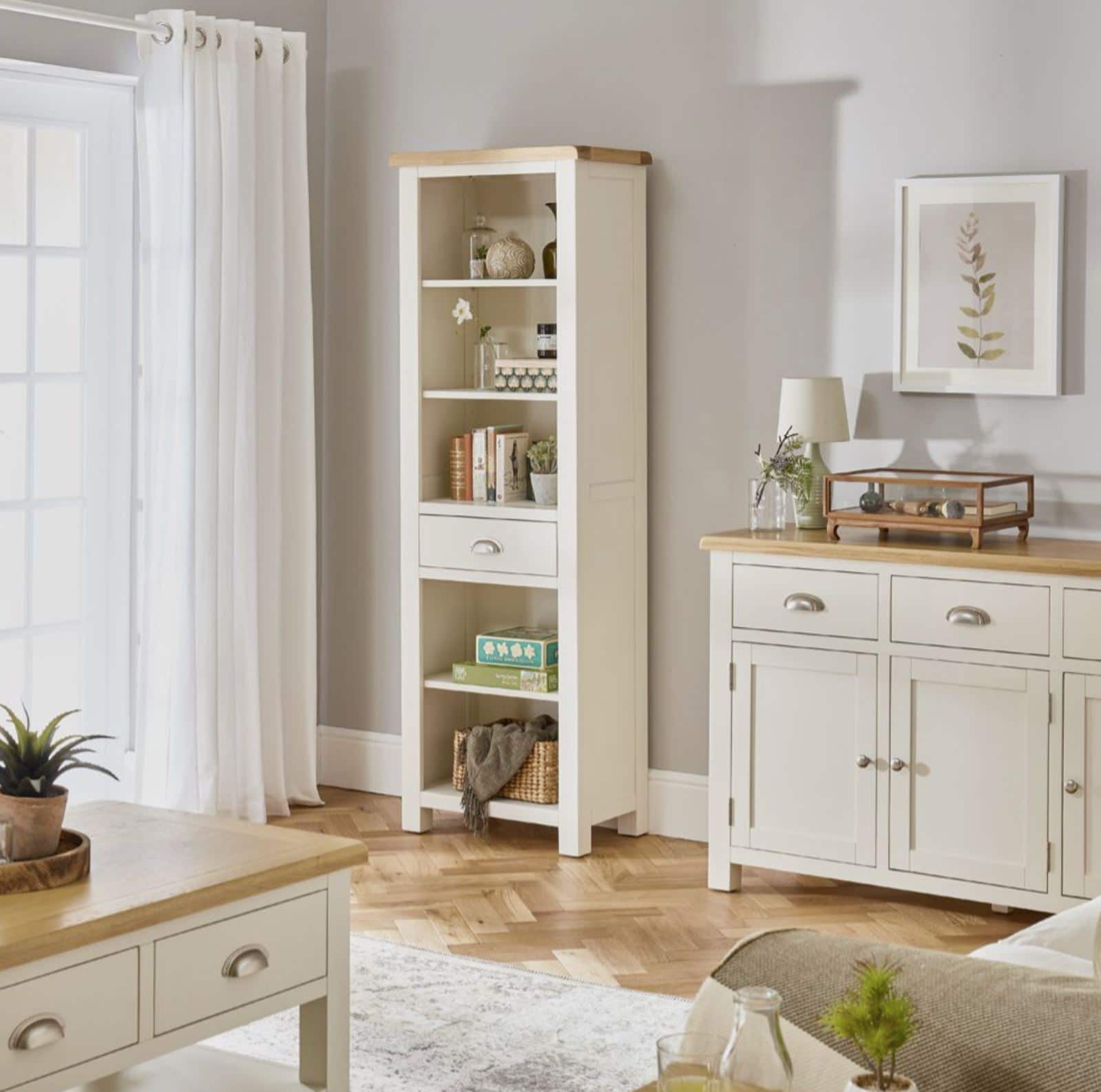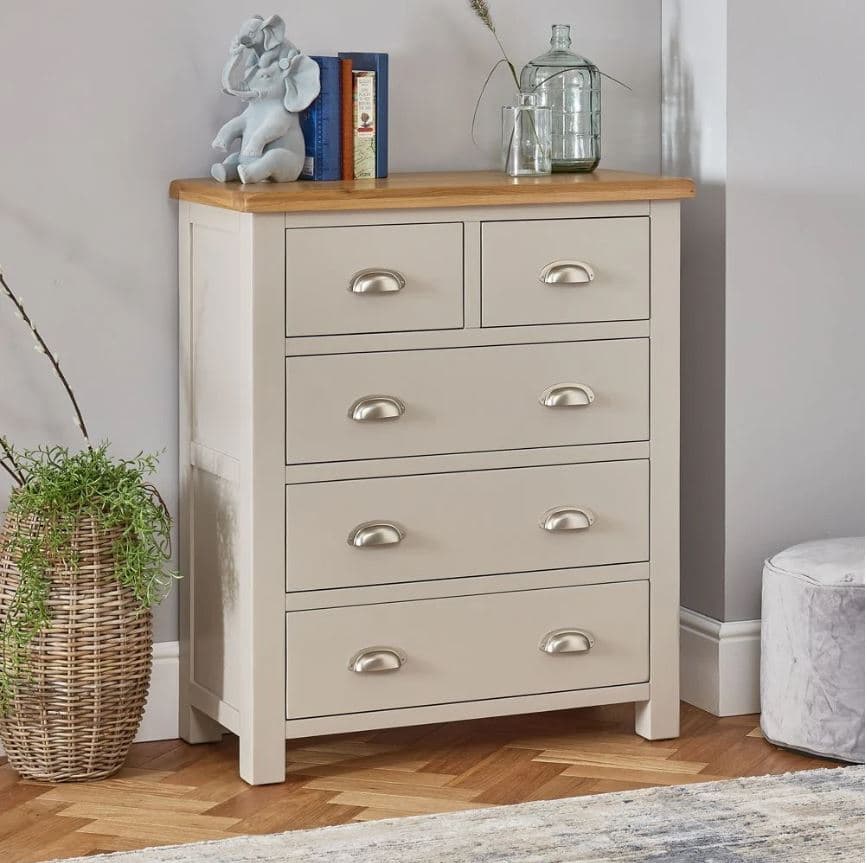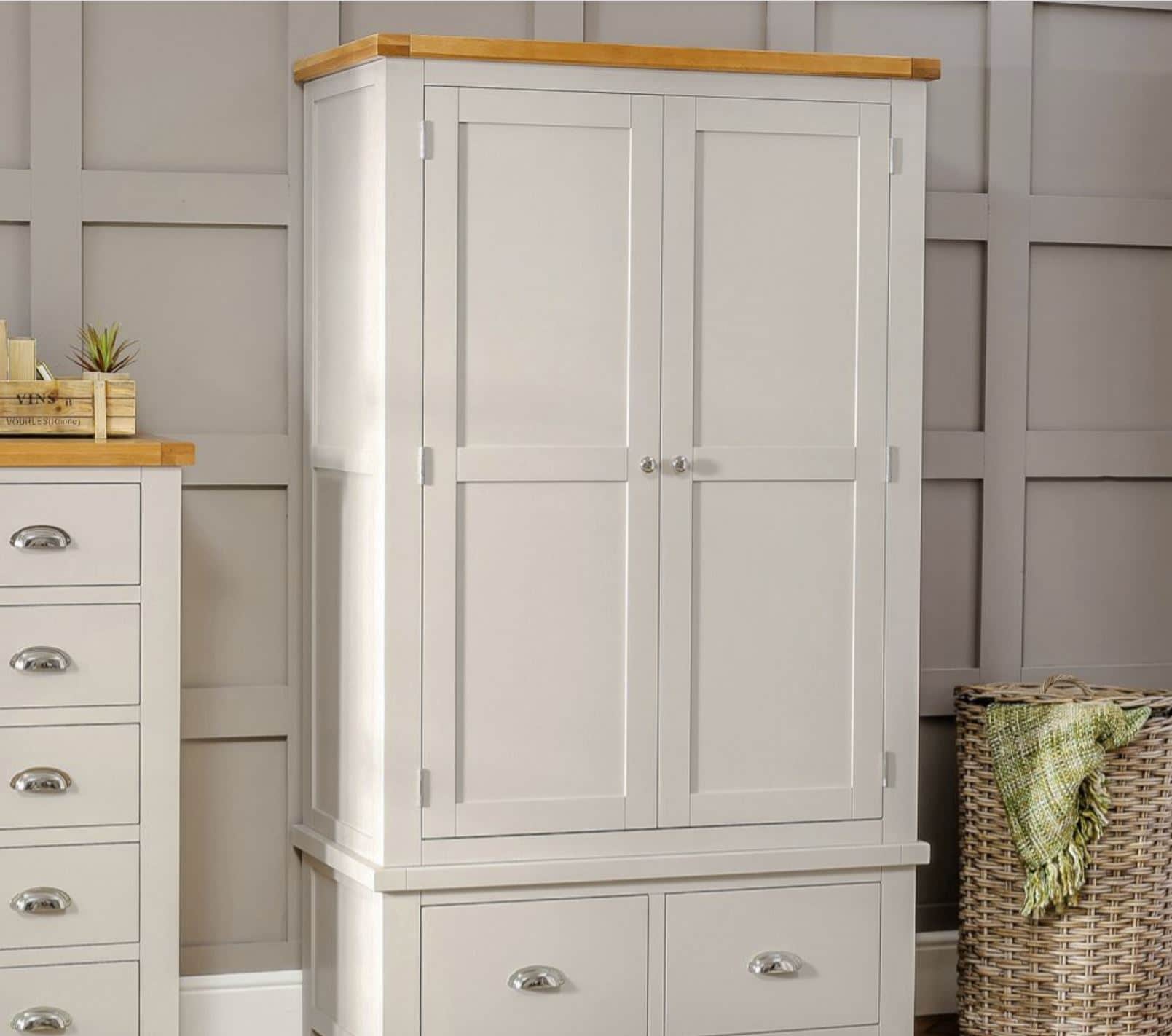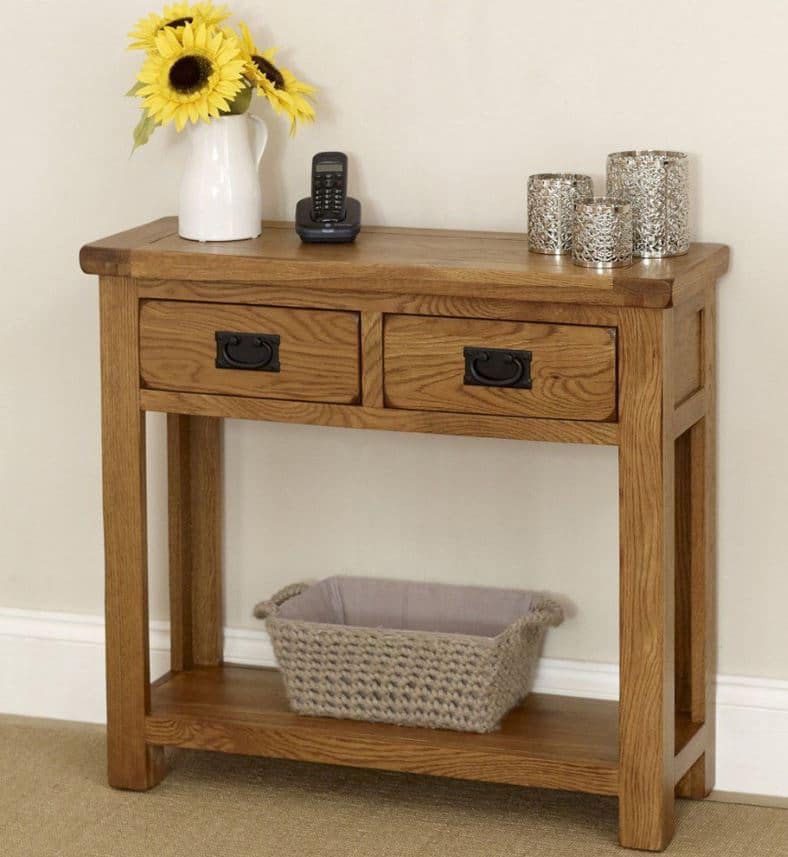How to Create a Medieval Home Interior
- By Alicia Newman
- User Guides
- views
The Medieval period took place from the Gothic 12th century up until the early Tudor period in the 15th century. The interiors during this period were dramatic and cosy and embraced the use of natural materials alongside rich and colourful features and fabrics.
Medieval interior design has a perfect balance of simplicity and grandeur and highlights a sense of the history and culture that is distinctive to the period. Modern interiors can fully embrace the medieval look for a classic and traditional feel or select statement items and design features for a balance of old and new.
Decor during this period was fairly simply and natural with stonework left exposed internally in a room for a rugged and rustic appearance. Wood panelling was a popular wall decor during the medieval era with dark hardwoods and oak being the most readily available and cosy material. Patterned wallpapers were used in grander more stately interiors with heraldic designs and floral motifs being the most popular choice of design. These wallpapers would be partnered with deep and rich coloured paintwork in reds, greens, blues and gold that would create a warming feel that was elegant and luxurious.
Fabrics were used to counteract any coldness from the stone and wood interior walls and would be used to full effect by creating layers of colour and thickness on windows, beds and seating areas. Floor length curtains were a must have item and were mainly styled from heavy velvet, woven linen and brocade fabrics for an eye-catching focal point within the room. Much like the wallpapers during this period fabrics were mainly deep in colour with accents of gold for visual detail. Fleur de lys and heraldic designs were a staple pattern that would be seen in the majority of homes and public places. Throws and cushions were also made in matching fabrics and created a snug space on a sofa, bed or window seat.
No medieval interior was complete without a statement fireplace that took centre stage in the homes of both the poor and rich alike. Floor to ceiling fireplaces are a recognisable feature of the medieval period and were most often carved from chunky stones, bricks or rugged timber. In more wealthy homes fireplaces would be carved with sculptures and figures as well as floral designs or family crests for an added splash of luxury and flamboyance. Open fires were the only form of heating that homes would have and also created a sense of visual warmth within the home, if you are trying this look in your own home then opt for a classic wood burner or a reproduction gas fire that gives the look of a traditional open fireplace.
Wrought iron accessories were extremely popular during this period and were used to create wall sconces, candlesticks and even grand chandeliers that had the perfect balance of elegance and rustic natural appeal. Pewter was also a staple material during this time and was used to create bowls, pitchers and tankards that could be displayed on a table, dresser or a wall mounted shelf. One of the most recognisable accessories of the medieval period has to be the wall hanging tapestry. These wall mounted artworks often depicted stories from history such as wars and battles or could sometimes feature characters from legend that created almost a comic strip style story as the tapestry progressed. Simpler designs included botanical prints and heraldic shields that would create an area of warmth against the cold stone or wooden backdrop of the room.
When it came to medieval furniture, the bigger the better! Chunky and striking furniture items were carved from solid pieces of wood are were often created in an enlarged size that would create a focal point within the home. Furniture was created to look old and used so nothing was ever sleek or overly polished in appearance. Dark woods and oak were the staple materials in this period and were often carved with figures, motifs and patterns that accentuated the chunky nature of the wood. Grand dining tables, four poster beds and benches were popular items in the majority of homes and created a stunning centrepiece that complimented the rich colour tones and rugged decor of the era.
For more ideas on how to create the perfect medieval interior then head over to our latest Pinterest board - Pinterest - Medieval Interiors

